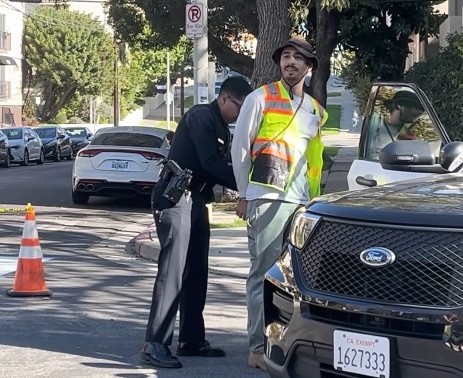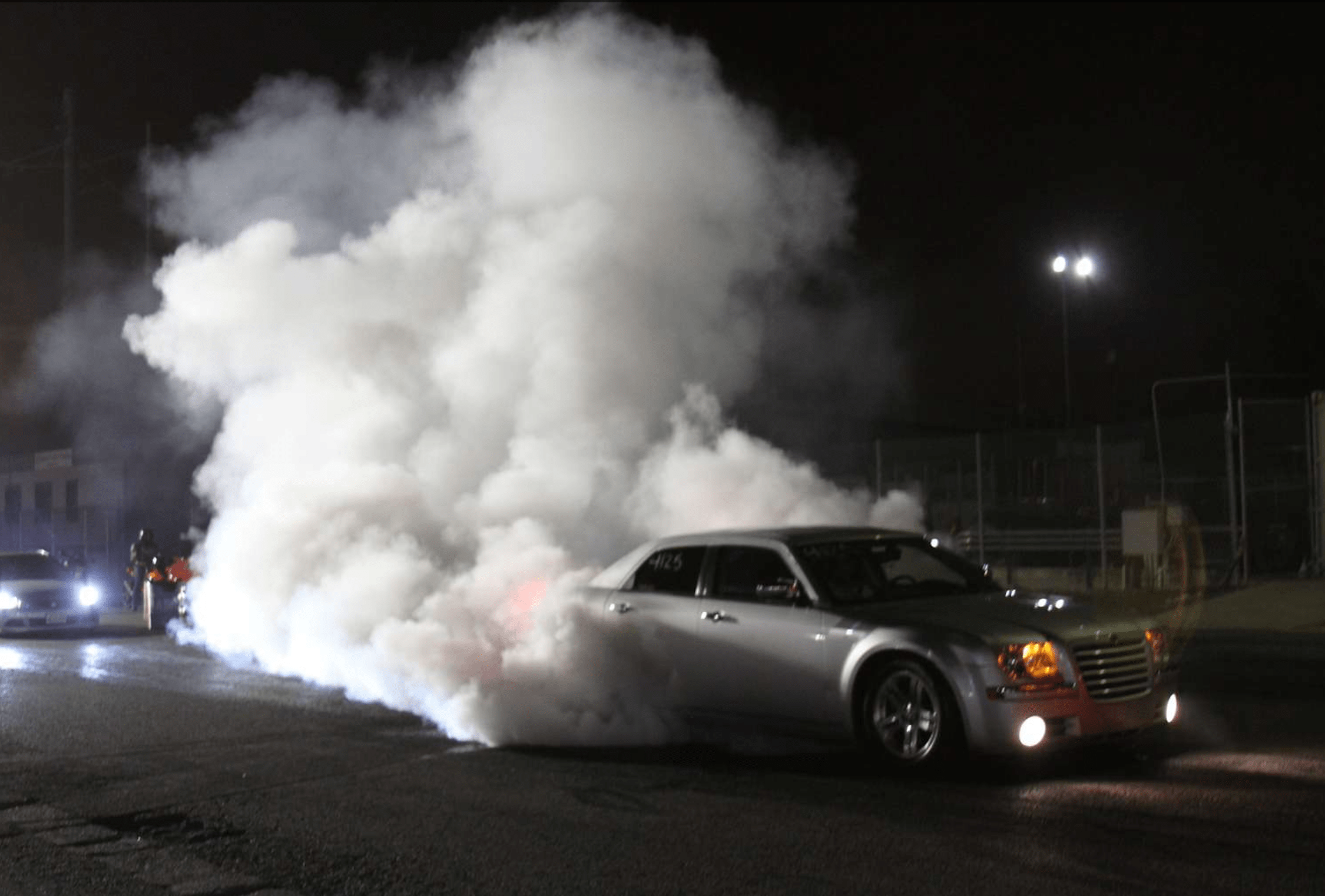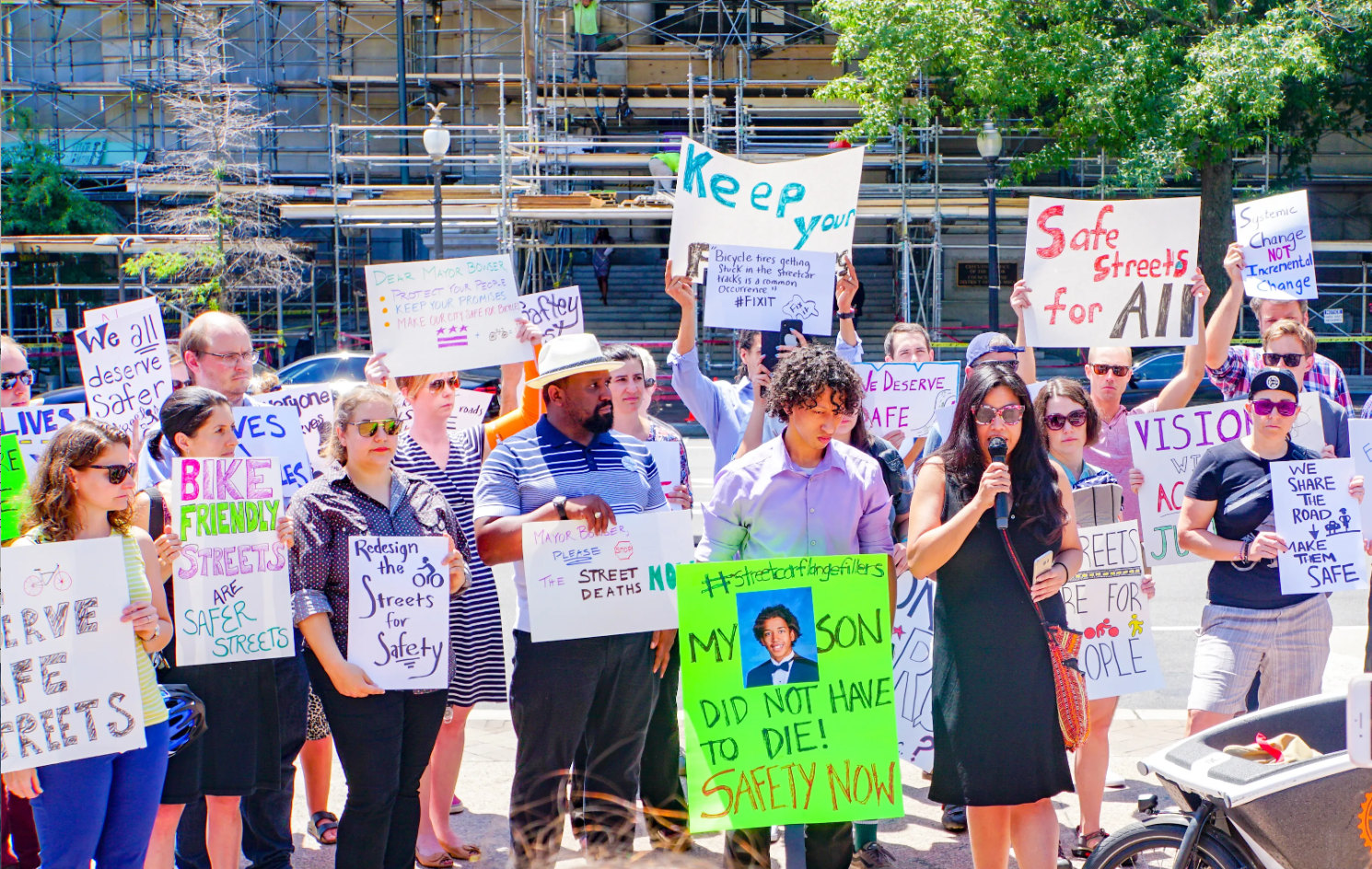In the wake of the 2007 collapse of Minnesota's I-35 bridge, Washington policymakers vowed a renewed focus on repairing the nation's aging infrastructure. But weeks after the fatal collapse, Congress approved a transportation spending bill with 704 earmarked projects, at a total cost topping $570 million -- and just 11 percent of those earmarks went towards bridge repair, according to a new report released today.
 The I-35 bridge collapse, above, killed 13 drivers. (Photo: America 2050)
The I-35 bridge collapse, above, killed 13 drivers. (Photo: America 2050)Today's report, produced by the U.S. Public Interest Research Group (PIRG), contrasts the low amounts lawmakers set aside for bridge repair with the flood of campaign contributions sent their way by highway, development, automobile, and construction groups.
During the election cycle that reached its peak in 2008, the year that bridge repairs accounted for 74 of Congress' 704 transportation earmarks, U.S. PIRG found that road-building interests steered $80.3 million to federal campaigns.
The same highway-centric groups also lavished $53.5 million in campaign cash on state elections, in which the costs of securing a victory are often much lower, according to the report. Road-building interests split their federal donations more evenly, steering 47 percent to Democrats and 53 percent to Republicans, compared with a 61-39 split in favor of the GOP in state elections.
The report (available here) separates donations from "transportation" versus "construction" groups but does not name which lobbying entities U.S. PIRG singled out for analysis, making it difficult to directly connect specific donations to specific earmarks.
But the authors' conclusion "that elected officials often overlook preventative maintenance projects, especially when new capacity projects are encouraged by campaign contributions" was bolstered by an Associated Press investigation one year after the Minnesota collapse. That AP probe found that just 12 percent of the deficient bridges getting the most state-level traffic had received any attention other than regular maintenance.
"The greatest need, for
almost every place, is investing in existing infrastructure," said Mark Stout, who spent 25 years working on policy at the New Jersey DOT before helping put together U.S. PIRG's report.
"Each earmark and each project has its own
story," he added, "but by and large, I think it's safe to say that a structurally deficient bridge is not going to rally around it a lot of local elected officials and business interests that are
lobbying to make [repairs] happen. They sort of think that's someone else's job or that
someone else is going to take care of it."
In the U.S. PIRG report, several states stand out as facing a high number of aging bridges that got scant attention from members of Congress. Oklahoma lawmakers set aside just one earmark of $316,000 in 2008 for their state's 5,793 structurally deficient bridges, while Iowa lawmakers got three earmarks worth $1.8 million for their state's 5,153 deficient bridges.
Missouri, by contrast, was a relative success story, with lawmakers winning four earmarks worth $5.4 million for their state's 4,433 deficient bridges. California, where the closure of San Francisco's Bay Bridge has sparked a fresh debate over bridge safety, got six earmarks worth $3.5 million for its 3,140 structurally deficient spans.
Meanwhile, lawmakers from New York -- where a capitol rally for bridge safety was held this week after the sudden shutdown of a span over Lake Champlain -- did comparatively worse. The state had 2,128 structurally deficient bridges in 2008 but got just one earmark, worth $294,000, to address the problems.
This year's American Society of Civil Engineers infrastructure report card found that 26 percent of the nation's bridges are structurally deficient and projected a $6.5 billion annual shortfall between actual bridge repair spending and the amount needed to achieve significant safety improvements.
The U.S. PIRG report does not include the emergency aid that Congress rushed to appropriate for the Twin Cities' bridge disaster. But it's worth noting that Minnesota Rep. Jim Oberstar (D), chairman of the House transport committee, initially proposed to take a step further by raising the federal gas tax by five cents to shore up creaking bridges. His plan quickly died for lack of support.





